Ajrakh: A Symphony of the Universe
- Pritha Chaudhuri
- Jan 29, 2023
- 8 min read
Updated: May 5, 2024
A journey from history to ramps that sings the glory of a craft dating back to the Indus Valley Civilization

(Image: The Hindu)
What is Ajrakh?
Ajrakh or Azrak or Ajrak is a unique, natural dyes-based special hand-block printing craft that has its roots in the Kutch (Gujarat) & Barmer (Rajasthan) in India and Sindh (Pakistan) and is an art that ages back to the Indus Valley Civilization (3000 BCE). The craft utilizes resist printing method with natural vegetable and mineral dyes, with Indigo being the primary dye ingredient.
The uniqueness of Ajrakh craft lies in the fact that it is beautiful amalgamation of natural elements like sun, rivers (water), animals, plants, mud (soil) and human (craftsmen), all working in harmony for its creation.
“The name ‘Azrak’ originates from Sanskrit word ‘A-jharat’ or ‘that which does not fade’. Ajrakh also means blue color in Arabic and signifies one of the primary colors of this craft.”
Ajrakh block-prints are easily recognizable as they are primarily made in crimson red & indigo blue color or some other earthy color tones and have meaningful geometric motifs with their characteristic repeatable patterns creating a web-like design or central Jaal.
Evolution of Ajrakh as timeless craft
Traditionally, the Ajrakh craft found it’s motivation in the culture and communities of the Indus Valley era. The King-priest idol excavated at Mohenjo Daro shows him draped in Ajrakh-like ensemble.
The craft has since then been improvised and synchronized with the socio-cultural changes and travelled to far lands and acquired a place in many royal abodes as well.

Image: megastores.com/blog
“The findings of Ajrakh fabric made in Gujarat from Al-Fostat near Old Cairo, Egypt speaks volumes about the global popularity and expanse of this Indian craft”
The re-advent of this craft to Indian mainland is associated to the migration of the Khatri community under the patronage of Kutch ruler Rao Bharmalji around 400 years ago. Popular folklores have it that the Khatri Brahmin printers are descendant of Lord Rama (Kshatriya). Down the ages, they got converted to Islam.
Many towns & villages of Ajrakh printers & craftsmen community came into existence around Gujarat & Rajasthan which provided the complete ecosystem for this craft to thrive. By 16th century, the craft of printed textile became a global fashion phenomenon. Soon, this dexterous craftmanship ignited the British interest with East India Company beginning to import Ajrakh to the Western world
“Ajrakh is not just an ensemble or a craft, it is history and a way of life!"
With time there has been subtle changes to the key ingredients of this craft as well. This craft originally included blue, red, black, and white as the primary colors, but with advent of newer trends and demands from the evolving communities more colors were added later.
In a nutshell, the craft has been through many improvisations to survive and bloom as per the changing socio-ecological and cultural diaspora, but still maintaining its authentic flair.
The art of making Ajrakh
The process of dyeing and printing Ajrakh is an elaborate & scientific affair that takes even months to complete. The entire process consists of 9 to 16 painstaking & long drawn stages of processing with repeated preparation, dyeing and printing processes. Below is a glimpse of how your impeccable & intricate piece of Ajrakh is made:
(Ready-for-print fabric after Kasano; Image Source: D'source)

Saaj: In this stage raw mill-made white base cloth is washed to remove any starch or finish on the fabric. The cloth is soaked in a solution of camel dung, soda ash and castor oil, wrung and kept overnight, and then semi dried in sun.
This process of soaking and drying is repeated 7-8 times until the cloth foams when rubbed. After that the cloth is washed in plain water
Kasano: Then a solution of Myrobalan is used to wash (powdered nut of Harde tree) which acts as a mordant for dyeing process. Excess powder is brushed off after drying the cloth. This ensures the white cloth is now ready for dyeing and printing process
“The entire creation process of Ajrakh craft is a symphony of the Universe with its various elements, a song in the making!”
Khariyanu: A resist mix of lime and Babool tree resin is printed using intricately carved wooden blocks on one or both sides of cloth to create outline printing called ‘Rekh’
(Khariyanu One side vs both side printing; Image Source: D'Source)
Kat: A solution of ferrous water is made by mixing rusted iron and jaggery in water and keeping the solution for 20 days. After mixing with tamarind seed powder this solution is boiled to get a black colored paste called ‘Kat’ which is then printed on the cloth
(Kat printing: One side vs both side; Image Source: D'Source)
“Still today, best of Ajrakhs are made from natural agents like lemon, indigo, clay, dried pomegranate peels, camel / cow dung, kesu phool, sakun, alum, rusted iron, jaggery and indigo as dyes.”
Gach: This is the second resist printing stage where a mixture paste of alum, clay and gum arabic is applied on the cloth and then sawdust or powdered cowdung is sprinkled over the printed area to avoid smudging. Then the cloth is left to dry naturally over 4-5 days.
(Gach resist printing with sprinkled saw dust to avoid smudging; Image Source: D'Source)
Indigo Dyeing: This process is of repeated Indigo dyeing and drying in sun till the cloth is dyed uniformly.
(Indigo Dyeing process; Image Source: D'Source)
Vichharnu: Thorough washing of cloth to remove resist mix and unfixed dye color. Alum residue is left behind for further dyeing.
(Vichharnu: Alum resist layer left for final dyeing; Image Source: D'Source)
Rang: In this stage various colors are applied by dipping and boiling the cloth in the solution of different natural ingredients – Alizarine (red color), Madder root or Manjishtha (orange color), Henna (olive color) and Rhubarb root (pale brown color)
(Ajrakh modal silk sarees; Image Source: The Loom Studio)
Ajrakh Types
Ajrakhs can be broadly classified into Ekpuri (printed on one side) or Bipuri (printed on both sides). Apart from this Ajrakh is now available in various fabric materials from cotton to linen to silk. While the Ajrakh print looks more earthy and elegant in the cotton or linen avatar, it appears shiny & royal when printed on a silk base. The tint of colors of Ajrakh print on silk gives a semblance to the midnight sky when worn in evening or night-time!
Ajrakh Motifs: A meaningful inspiration
The geometrical motifs printed on Ajrakh are traditionally inspired from nature and other lifestyle objects and named in local languages of Kutchi & Sindhi origin.
For instance, some of the commonly used Ajrakh motifs are Kakker (cloud motif), Morpeech (peacock feather pattern), Badam Buto (almond flower motif), Keri Mohar (Administrative seal motif), Champakali (a flower motif), Kharekh (Dry Dates motif), Manek (jewel motif), Koyyaro (spider motif), Riyal (Coin motif), Paisley (an abstract pattern), etc.
Gallery (From Top Left to Bottom Right) Kakker, Mohar, Kharek, Paisley, Manek and Rial motifs
In modern times, many newer designs have been added owing to the changing market demands but the core of design & motifs in an authentic Ajrakh have still managed to maintain its essence and original form.
Block prints vs Ajrakh: Similar yet so different
Ajrakh is a special form of block print with repeatable same pattern and extensively complex process of dyeing and resist printing. While in a block printed product multiple blocks of design can be incorporated, Ajrakh is created using a single block to create a central motif or Jaal.
(Image: By Jan Sassmannshausen; Source: Amazon Blogs)

The motifs in Ajrakh are primarily geometrical and incorporate various floral and lifestyle inspired motifs.
The colors & dyes used in authentic Ajrakh are primarily natural ingredients and hence this product is non-allergic to skin.
“While many block prints derive their inspiration from Nature, Ajrakh in its truest sense is a harmonical composition of the Nature & Universe!”
Why is Ajrakh so expensive?
It is a fact that this craft is not created in many places and the artisans skilled in this craft are mostly found around Gujarat & Rajasthan in India, that too in a hyperlocal setup. Adding to its rarity is also the dexterity of craftmanship that is passed on from generation to generation of artisans. The amount of patience and monitoring required for a good outcome is paramount to create a great piece of Ajrakh. The making process is extremely tedious and spans across months. It is so complex and delicate that even one small mistake at any stage can spoil the entire effort spent.
The block making for Ajrakh printing is an expensive job. The wooden blocks used in Ajrakh printing must be perfect square. The design carved on the block must match up on all four sides and must allow the reverse of the cloth to be printed. Even a minute error of few millimetres from one corner of the block to other leaves the printing of the cloth erroneous.
Moreover, the end price also depends on the choice of the fabric material (cotton, linen, pure silk, modal silk, etc.). At the end of the day an authentic piece of Ajrakh is an art in its truest sense and a science that has been passed on from generation to generation.
“Whenever you drape a piece of Ajrakh, you are not draping just a craft, rather you are all in for the love, hard work, patience and immaculate Indian craftmanship that goes into its creation!”
A truly sustainable & eco-friendly fashion
Do you know that
Global Textile Industry is the second largest industrial polluter (~10% of Global pollution) emitting greenhouse gases around 1.2 Bn Tonnes per year, which is more than shipping & air travel industry
53 Mn Tonnes of fibre is produced by fashion industry out of which 70% fiber ends up in garbage dumps or incinerated
India is one of the top 5 apparel manufacturing nations with a share of around 4% (and increasing!) of total Global Textile Trade
India produced approximately 19187.50 million meters of sarees (roughly 42%) out of total apparel products made in 2021 (Source: Fibre2Fashion)
The Global Fashion industry has always been a major polluter amongst the industrial sectors. The numbers above easily give you an estimate of the size of pollution created globally by apparel industry. More so, with the advent of fast fashion supply chain and more and more synthetic dyes and chemical processing, the contribution to pollution has increased manifolds.
In such a sensitive context, Ajrakh proudly stands tall for being an art which is sustainable and environmentally suitable. Ajrakh printing utilizes all eco-friendly ingredients and natural processes for its creation. There are no harmful pollutants generated in the process and all the wastes generated are easily biodegraded.
“If you are an art aficionado, someone who love the story behind an art, care for the nature and yet want to dress royal, then Ajrakh is indeed for you.”
So, next time you wear an Ajrakh, take a moment to applaud yourself for contributing towards cleaner environment.
Ajrakh Royale from The Loom Studio
The Loom Studio celebrates this royal craft with its Ajrakh Royale’ collection where we constantly strive to feature Ajrakh in its truest sense and yet make it more relatable to the fashion aspirations of the modern times. We work closely with our artisans to understand the ethos of this art and contribute in a small way to bring this regal Indian artform to the fore. Whether you like Ajrakh sarees online or Ajrakh Kaftan dress or an ethnic Ajrakh skirt, we have just the right selection for you. Explore our New Arrivals
For full range of exclusive Ajrakh products shop from our Ajrakh Royale collection
Shop with The Loom Studio:

$50
Product Title
Product Details goes here with the simple product description and more information can be seen by clicking the see more button. Product Details goes here with the simple product description and more information can be seen by clicking the see more button

$50
Product Title
Product Details goes here with the simple product description and more information can be seen by clicking the see more button. Product Details goes here with the simple product description and more information can be seen by clicking the see more button.

$50
Product Title
Product Details goes here with the simple product description and more information can be seen by clicking the see more button. Product Details goes here with the simple product description and more information can be seen by clicking the see more button.

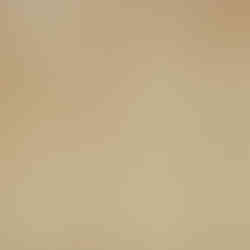

















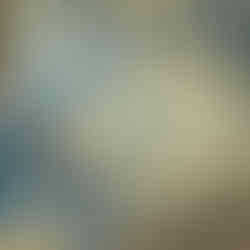






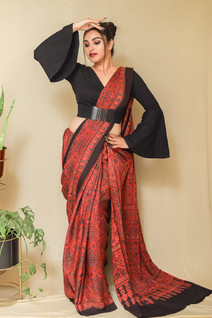





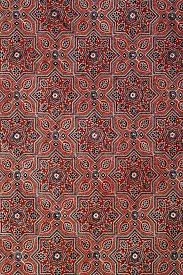


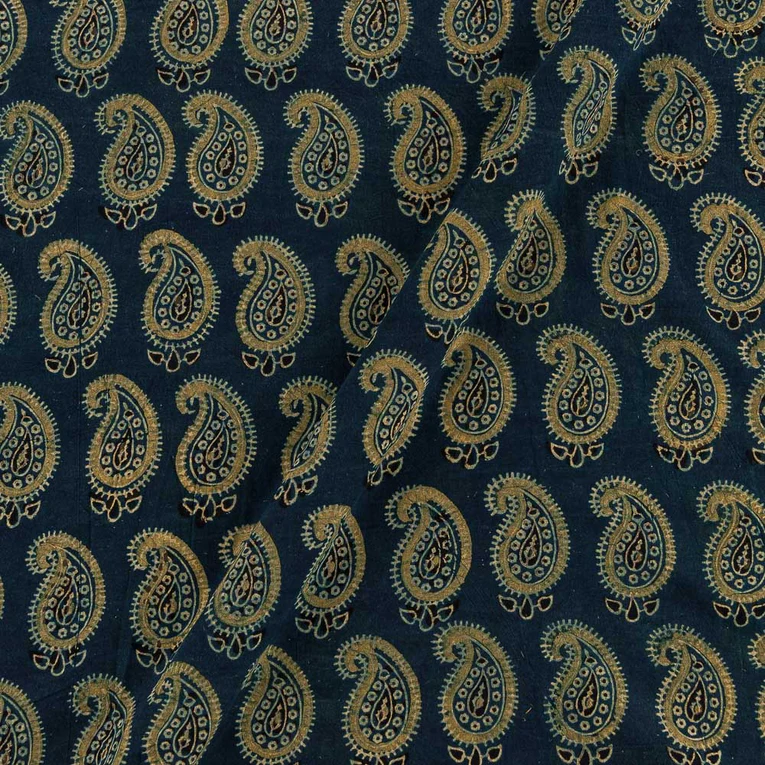










.jpg)
%20(500%20%C3%97%20500px).jpg)

コメント